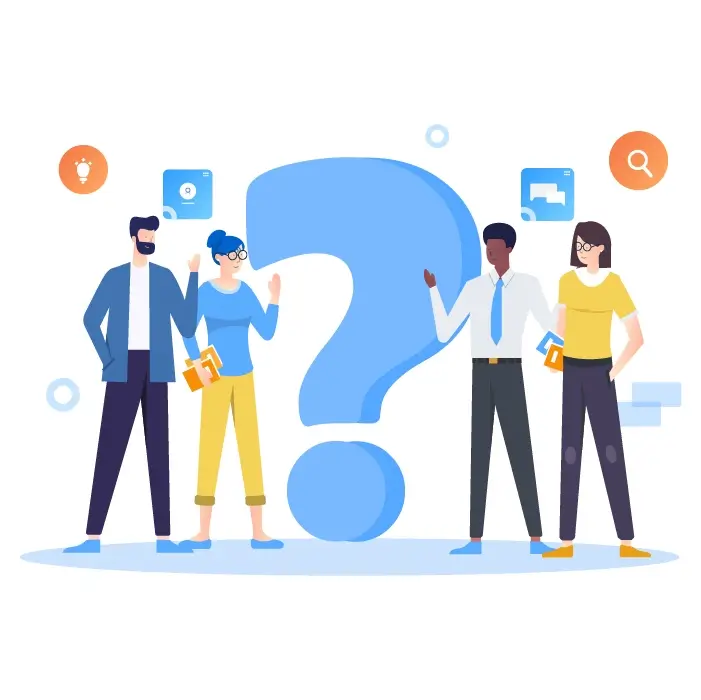Sign Language Translation

Sign Language Translation Processes
Sign language translation processes play a crucial role in facilitating interaction for hearing-impaired individuals within society. Terms such as sign language word translation, sign language conversion, and sign translation refer to various aspects of this process. Sign language translation can generally be examined under two main categories:
Translation from Spoken Language to Sign Language: In this process, the sign language interpreter converts verbally expressed messages into sign language. This includes sign language translation used as subtitles in educational seminars, conferences, official meetings, and even television broadcasts.
Translation from Sign Language to Spoken Language: This involves the sign language interpreter converting what sign language users are conveying into spoken language. This type of translation is essential in numerous areas, from enabling hearing-impaired individuals’ access to healthcare services to their participation in legal proceedings.

In today’s world, sign language holds a significant place as the primary means of communication for individuals with hearing impairments. Sign language translation and interpreting services act as a bridge between hearing-impaired and non-hearing-impaired individuals, ensuring equal access and communication opportunities. A sign language interpreter uses hand, facial, and body movements to translate spoken language into sign language or vice versa. This form of translation is critically important in many areas, ranging from education and healthcare to legal procedures and everyday life.
Sign Language Translation Processes
Sign language translation processes play a crucial role in facilitating interaction for hearing-impaired individuals within society. Terms such as sign language word translation, sign language conversion, and sign translation refer to various aspects of this process. Sign language translation can generally be examined under two main categories:
Translation from Spoken Language to Sign Language: In this process, the sign language interpreter converts verbally expressed messages into sign language. This includes sign language translation used as subtitles in educational seminars, conferences, official meetings, and even television broadcasts.
Translation from Sign Language to Spoken Language: This involves the sign language interpreter converting what sign language users are conveying into spoken language. This type of translation is essential in numerous areas, from enabling hearing-impaired individuals’ access to healthcare services to their participation in legal proceedings.
Why Ziya Translation?

- 39 Years of Experience
- The Most Economical Prices
- Non-Disclosure Agreement for Translation whenever necessary
- Delivery on Time
- Shipment service to every location in Turkey (“Delivery in 3 hours” with courier service exclusive to Istanbul)
- Experienced, renowned certified and judiciary translators in every world language.
- Cross translation in every language (102 language and dialects)
The Role and Importance of Sign Language Interpreters
Sign language interpreters play a central role in the sign language translation process. These professionals must possess a solid understanding of both sign language and the cultural and linguistic nuances of the target language. A good sign language interpreter not only builds a linguistic bridge between languages but also ensures the accuracy and effectiveness of communication. Interpreters may encounter situations requiring expertise in the following areas:
Education: Sign language interpreters are needed to help hearing-impaired students understand their lessons and access educational materials. Healthcare Services: Hospitals and healthcare centers require sign language translation services to ensure that individuals with hearing impairments have full access to healthcare services. Law and Judiciary: Courts, attorney consultations, and legal processes can be inaccessible to hearing-impaired individuals without sign language interpreters.
Turkish Sign Language Translation
Turkish Sign Language translation holds special significance for hearing-impaired individuals in Turkey. Turkish Sign Language is a unique form of communication that reflects the cultural and linguistic characteristics of the hearing-impaired community in Turkey. This language embodies the distinctive aspects of Turkish society and culture, and therefore, sign language interpreters must be well-versed in its nuances. Turkish Sign Language translation is vital across a wide spectrum, from public services to education, television broadcasts, and social events.
Sign Language Translation and Technology
In recent years, the role of technology in sign language translation processes has been on the rise. Technological solutions such as video conferencing applications, mobile apps, and sign language translation software have enhanced the accessibility and efficiency of sign language interpreters. These technologies enable hearing-impaired individuals to communicate more effectively in online environments, thus making sign language translation services accessible to a wider range of users.
Quality and Accessibility in Sign Language Translation Services
The quality and accessibility of sign language translation services are of great importance for the social integration of individuals with hearing impairments. A quality sign language translation service must be accurate, comprehensible, and culturally appropriate. Various steps can be taken through public and private sector collaboration to enhance the accessibility of these services. For example, ensuring the presence of sign language interpreters in public buildings, hospitals, educational institutions, and television channels, as well as providing easy access to sign language translation services, are some of these measures.
Ethical Standards in Sign Language Translation Services
Maintaining ethical standards in sign language translation and interpreting services is a fundamental principle for professionals in this field. Sign language interpreters should protect the privacy and confidentiality of both parties for whom they are interpreting, maintain impartiality, and convey messages as accurately as possible. These ethical standards enhance the reliability and professionalism of sign language translation services.
Conclusion
Sign language translation and interpreting services are indispensable for enabling hearing-impaired individuals to be active and equal participants in society. These services, provided by sign language interpreters, significantly improve the quality of life for hearing-impaired individuals in many areas, from education to healthcare, from law to everyday life. Turkish Sign Language translation is particularly important for the hearing-impaired community in Turkey, and professionals in this field must be well-versed in the language’s cultural features and nuances. In this context, the unique expressions of Turkish Sign Language, as well as the proper use of gestures and facial expressions, should be carefully considered by sign language interpreters. Furthermore, technology’s role in sign language translation and interpreting services is steadily increasing, enhancing both accessibility and effectiveness through various digital platforms and applications. In conclusion, improving and expanding sign language translation and interpreting services is critical for raising social awareness and ensuring the full integration of hearing-impaired individuals into social life.
